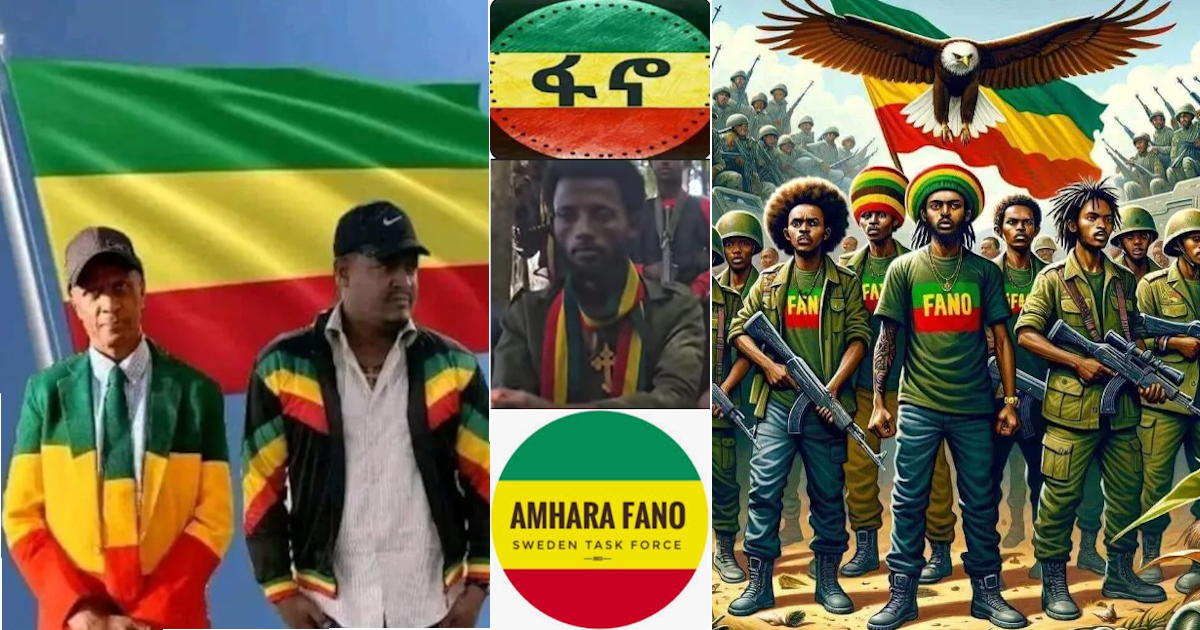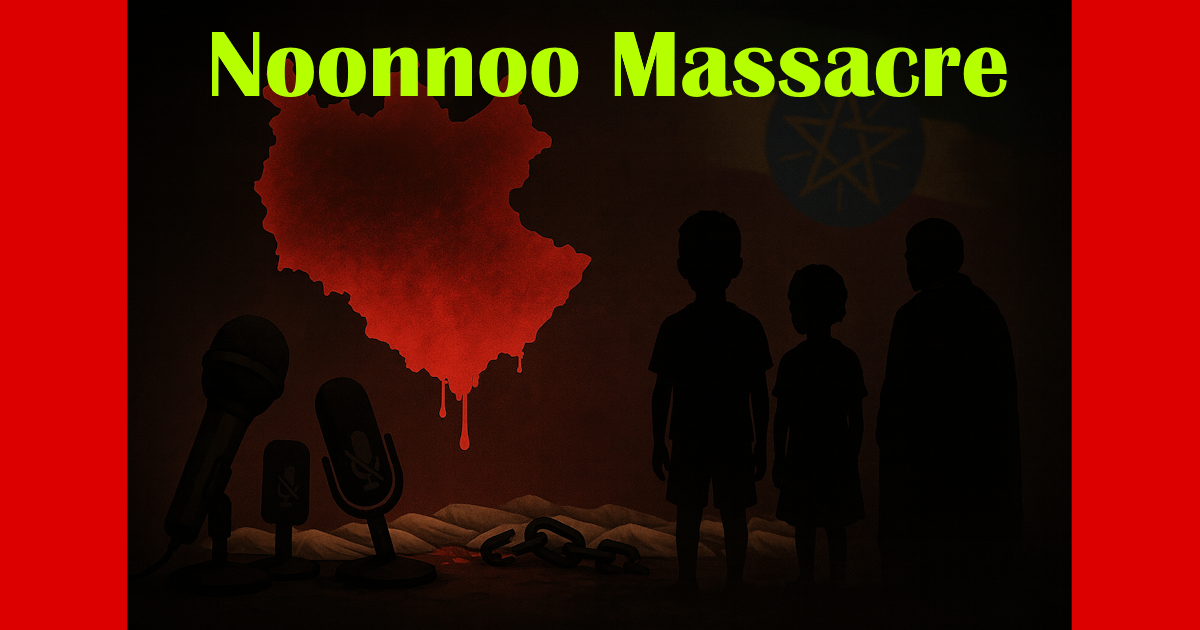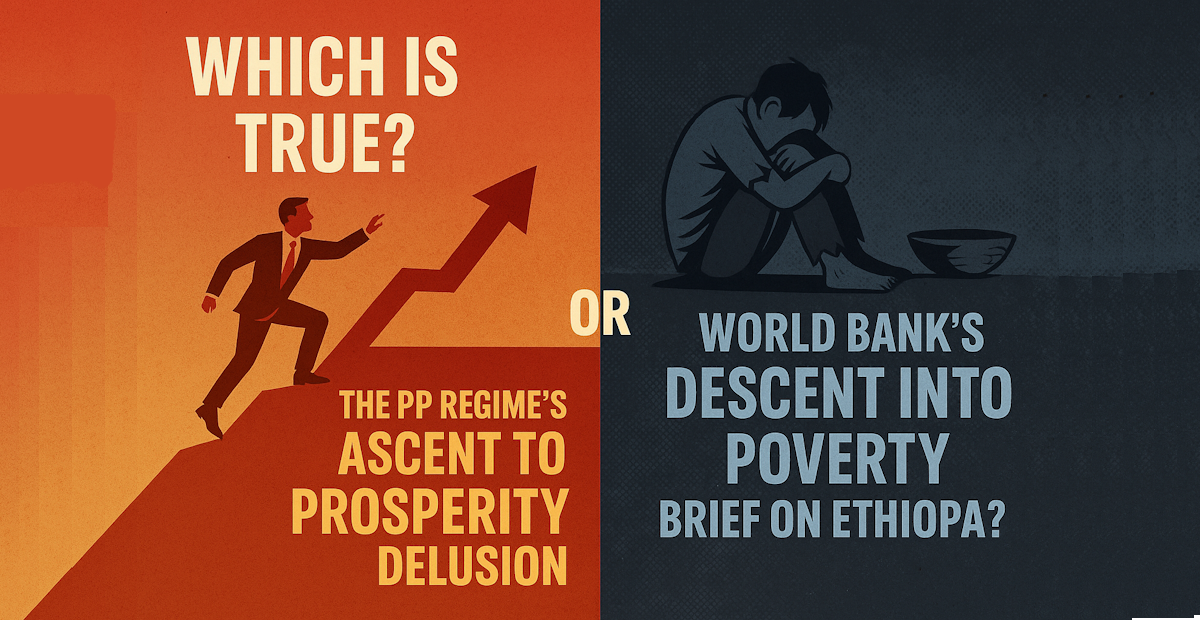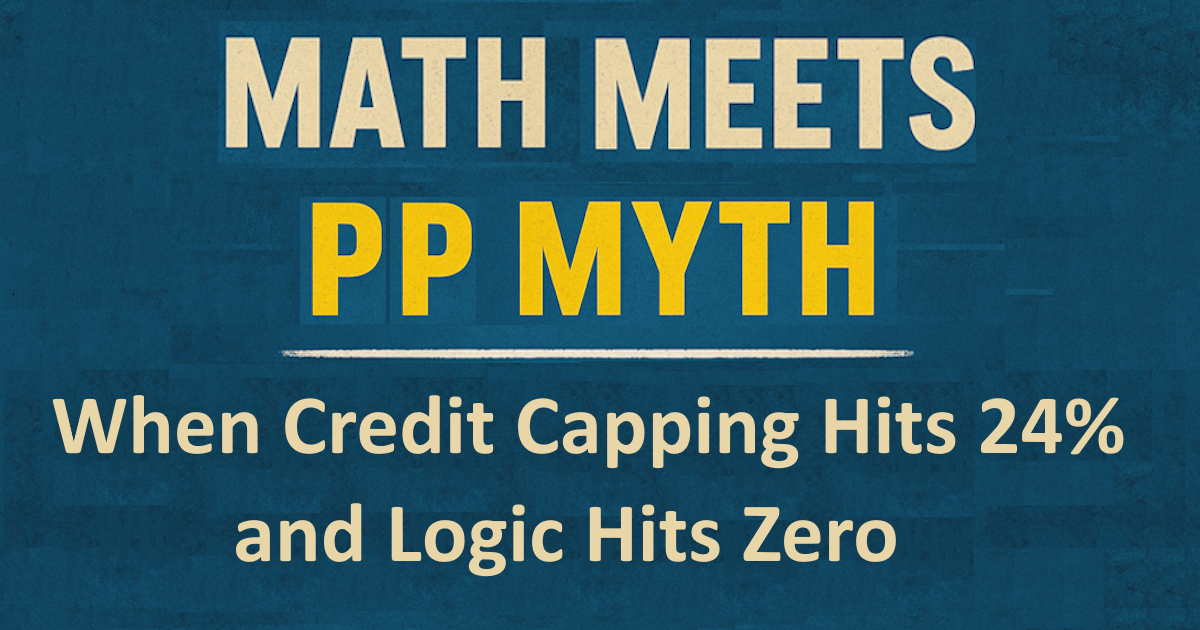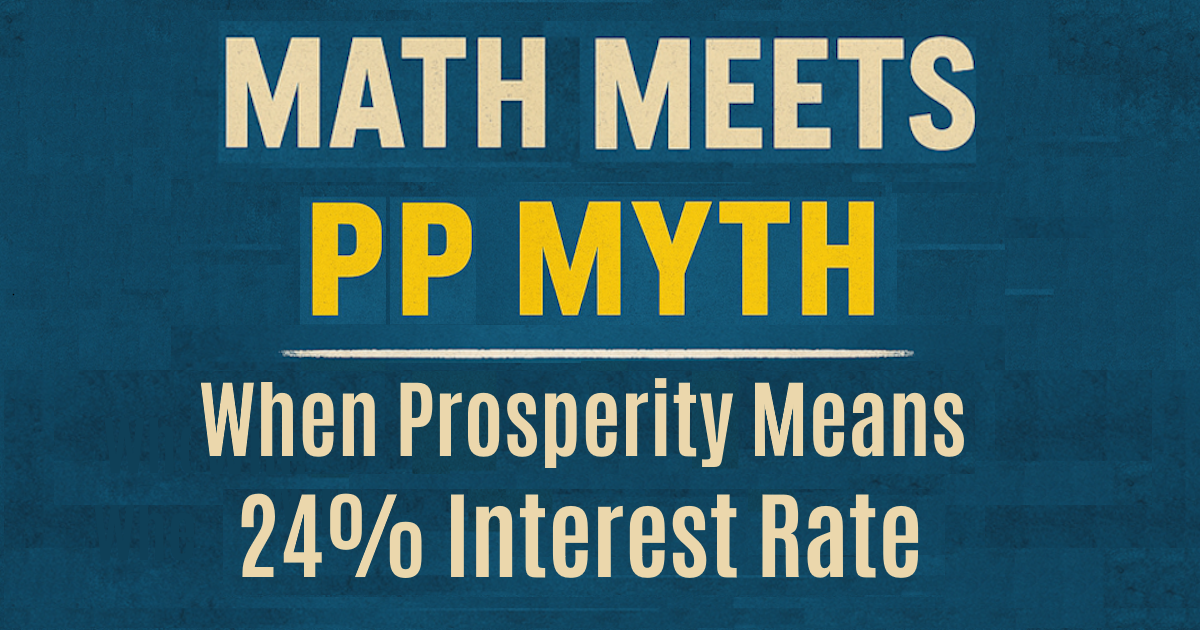Much Ado About Irreechaa: Psychology Behind the Criticism of Oromo Thanksgiving

Excerpt
Irreechaa is not a religion—just as American Thanksgiving is not. It is a thanksgiving rooted in Oromo tradition yet embraced across faiths and nations. Critics, some even using AI to caricature Oromos, miss the joy, color, and harmony it embodies. At its heart, Irreechaa is not dogma but a universal celebration of gratitude, diversity, and humanity.
Much Ado About Others
It is one of humanity’s oldest follies: some individuals find the time, energy, and stamina to concern themselves with other people’s business. The same resources they could wisely spend on something productive for their personal growth, they instead expend on interfering with matters that do not concern them.
Why?
Is it sheer jealousy?
Do they feel threatened by what they see?
Or is it rooted in a deeper psychological need they cannot resist?
Call it the Much Ado About Others Syndrome.
The Irreechaa Case in Point
The case in point is the annual spring festival of Irreechaa, now upon us. And as has become something of a ritual itself, the usual suspects of screen and keyboard warriors have emerged to attack it. They pose as experts in anthropology, religion, or culture, yet in truth they have little understanding of this tradition—long suppressed but now undergoing a remarkable renaissance.
Their fear seems almost palpable. Perhaps they worry that Irreechaa may eclipse their own fading cultural dominance. As if scholars, they paint Irreechaa as something it is not: a religion, a form of “devilish worship,” or even “not of Oromo origin.” But what they fail to see is what millions are celebrating with joy: parades of people in colorful attire, chants and songs in harmony, the greens of nature and the yellows of daffodils, all united in thanksgiving. They miss the simple truth: that Irreechaa is about gratitude—to God, for nature, for the transition from darkness to light, from winter to spring. What could be purer, happier, or more life-affirming than that?
So one must ask: why do some conjure up dark images of Irreechaa, blind to the vibrant tapestry of harmony and joy unfolding before their very eyes? What do these anti-Irreechaa individuals think they know that the millions of Oromos—and indeed non-Oromos worldwide—fail to see? Their opposition seems as futile as going to the United States to save Americans from celebrating Thanksgiving. For Irreechaa is, in every sense, the Oromo Thanksgiving.
To understand, we need to look through the lens of psychology, not blame.
The Psychological Profile of the Anti-Irreechaa Mindset
- Status Anxiety and Declining Hegemony:
When a long-suppressed tradition rises with vibrancy, it unsettles those whose cultural dominance is fading. Irreechaa symbolizes a world where their monopoly on meaning is no longer central. The reaction is fear disguised as critique. - Projection of Insecurity:
By labeling Irreechaa “pagan” or “devilish,” critics project their own anxieties outward rather than confronting the unease of seeing their cultural relevance wane. - Cognitive Dissonance:
The joy of millions conflicts with the inherited dogma that Oromo traditions are inferior. To resolve this dissonance, they attack instead of updating their worldview. - Pathological Envy:
The beauty, color, and sheer mass appeal of Irreechaa awaken envy in those without an equally flourishing ritual. Envy easily turns into resentment. - Moral Masquerading:
Disdain is cloaked in religious or moral terms, but beneath it lies a simple struggle for cultural control.
For Amhara elites, this is often the psychology of imperial hangover: if Oromo traditions flourish, it undermines the old myth of Amhara-centered supremacy.
For Pentecostal-aligned Oromo critics, it is a matter of religious absolutism: if it is not my way to God, it must be evil.
Both reflect an inability to let others flourish without interference.
Why Interfere in the First Place?
Humans often poke into others’ affairs when they feel loss of control over their own, when the other’s success mirrors their own failure, or when acting as “arbiters of truth” gives them false importance. Allowing Irreechaa to flourish feels, to them, like conceding defeat. Silence equals acceptance, and acceptance feels like surrender—so they attack, even knowing it will not succeed.
With multimedia generation now made effortless by AI tools, some critics have even begun venturing into video manipulation—creating caricatures that portray Oromos in a bad light.
But such efforts only reveal the depth of their insecurity.
A word of friendly advice: use these powerful tools not to insult people and cultures, but for the common good. Instead of wasting energy on insolence, turn that creativity toward generating content that uplifts, educates, or even earns a better living. After all, technology is at its best when it builds bridges, not when it deepens divides.
The Missed Simplicity
The path is simple. If one dislikes Irreechaa, they can simply stay away. If one wishes to share in its joy, they can join. What is unnecessary is hostility.
The Empathetic View
Seen this way, those who oppose Irreechaa are not merely hostile—they are anxious, insecure, and struggling to reconcile with a changing cultural landscape. Instead of condemnation, perhaps what they need is understanding. They are caught in the psychology of loss and resistance to change. To engage them, one must appeal not with anger, but with patience, facts, and empathy.
Because in the end, Irreechaa is flourishing—this weekend in Finfinnee on Saturday, in Bishoftu on Sunday, across Oromia in the weeks ahead, and worldwide among diaspora communities. Millions will give thanks in the open, under the sky, to God and to nature. That joy cannot be eclipsed by a handful of critics.
And for those mislabeling Irreechaa as a religion: it is not—just as American Thanksgiving is not. Yes, Irreechaa is historically associated with Waaqeffanna, the indigenous faith of the Oromo people, just as Christmas is linked to Christianity and Maulid to Islam. But like Thanksgiving, it has long transcended its origins to become a broader cultural celebration—a day of gratitude and renewal shared by millions, regardless of creed.
The record must be set straight: Irreechaa is not about dogma or proselytizing. It is about thanksgiving—to God, to nature, to life—for guiding communities from darkness to light, from hardship to hope. That spirit belongs to everyone. And perhaps the most profound truth is this: when millions gather under the open sky to sing, pray, and give thanks, they are not building walls of religion but bridges of humanity. That is why Irreechaa is flourishing—not as a sectarian ritual, but as a universal celebration of gratitude.
It is not only the Irreechaa celebration that unsettles such individuals. Almost everything that looks or sounds Oromo—the rituals, the attire, the music, the drama—triggers their unease. The root cause is the same, and the disdain borders on pathology.
The only cure is not resistance, but recognition: to actively learn the beauty of diversity, to honor others’ culture as we honor our own. For in that respect lies not just tolerance, but the shared dignity of humanity.
Happy Irreechaa to All!
Selected References
- Pastor Tolosa Gudina, እሬቻና መዘዙ – ቄስ ዶ/ር ቶለሣ ጉዲና, 1 December 2019, EECAtlanta TV (YouTube Channel).
- Yeabsira Tamirat on TikTok, 27 September 2025, TikTok.
- Irreechaa by Zemedkun Bekele on TikTok, 23 September 2025, TikTok.
- Mekuria Bulcha, Moving Beyond the Trauma of October 2, 2016 Irreechaa Massacre – Part I, 27 September 2017, OROMIA TODAY.

